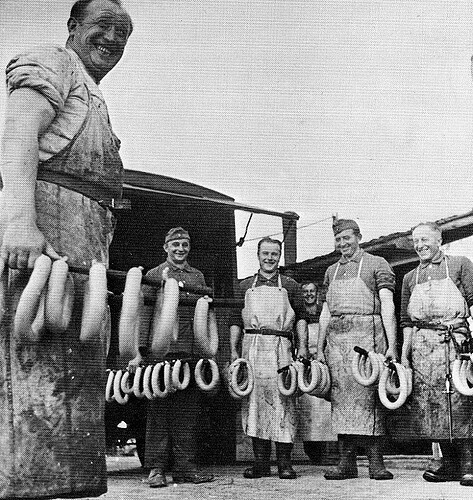Air Transport Auxiliaries
are well worthy of mention in this thread.
Initially formed from personnel who had been in the pre-war “airclub” movement in the UK, the various units later included several hundred women pilots who had volunteered. Jacquie Cochran and Jacquie Mockridge are women in this category.
UK Law of the era did not allow women to serve in combat.
This is not to say though, that the personnel of ATA did not see combat.
Indeed, part of their ATA training included air-to-air gunnery and dogfighting, precisely because it was foreseen that the Luftwaffe could and would send “intruder” raids into UK airspace, and that some of those aircraft, usually FW190’s or Me.109’s on fighterbomber attacks, would in fact cross the transport routes ATA employed.
Mockridge’s book (“Woman Pilot”) includes a brief description of a dogfight with an FW 190 on a fighterbomber attack. The German couldn’t shoot her down, but each managed to put a bullet hole in the other’s aircraft, much to her annoyance, as her plane had only an hour before left the factory.
The unusual aspect of ATA pilots is that they were Type-Rated for everything the Allies flew. They had to be: they delivered these aircraft from the factory to the squadrons receiving the replacement aircraft.
It would have been a surprise, for example, to see a Lancaster land at an airbase, and the only person to emerge from it be a slim, 5-ft 4-inch brunette.
As indeed happened throughout her ATA career.
That these people, many of them women, are these days never heard of, or even known to have existed, is a disappointing thing.
Near enough to 25 years ago I directed the funeral for one of these women, and I was deeply disturbed that none of my colleagues even knew that she was Service Personnel, nor how vital a role she and many others like her had played during World War Two.
I’d think the ATA would even today be one of the most vital yet unsung and unknown organisations.
Let this be a small, but personal, record of memory to the ATA, whose many members Also Served.
Kind and Respectful Regards, Uyraell.







